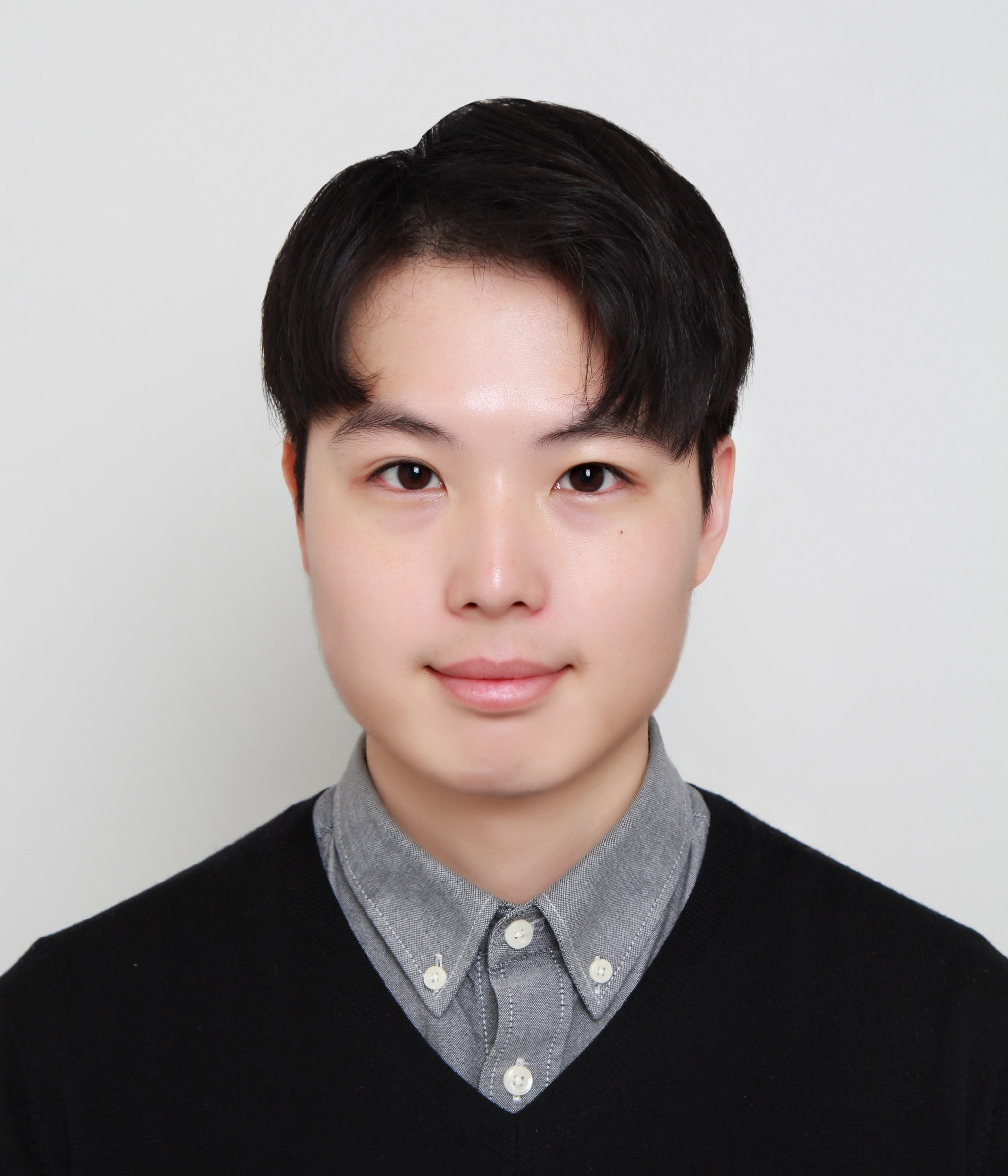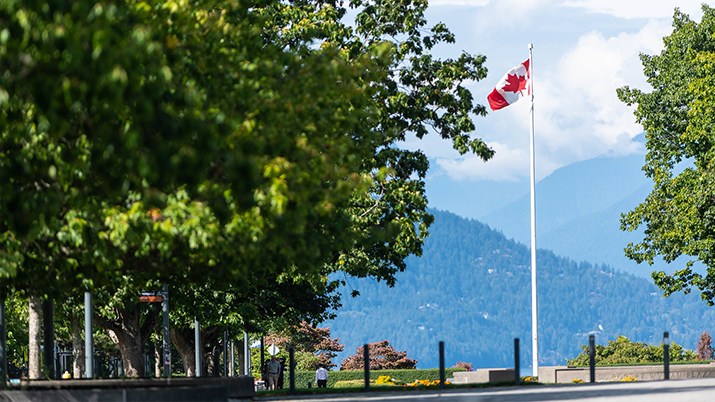

Taekyeong Goh
PhD student Taekyeong Goh recently published a new paper as the lead author in International Journal of Comparative Sociology.
In “How democracy and inequality shaped the initial COVID-19 pandemic,” Taekyeong and his co-authors Jung-Haa Wang, Soorin Yoon, and Cheol-Sung Lee use cross-national datasets to test a theoretical framework that highlights the relationship between political freedom and inequality regimes in explaining both the spread and control of the COVID-19 pandemic.
We spoke with Taekyeong about his new paper and his research on the relationship between sociopolitical structures and the COVID-19 pandemic.
Can you summarize the study and its main findings?
This article aims to explain the disproportionate spread of COVID-19 in the initial stage from the perspective of democracy and inequality. In 2020, we observed the fast diffusion of the pandemic in Western countries, which was the opposite of our expectation that developed countries would have more capacities and preparedness for unexpected threats. In contrast, we also observed countries in East Asia and the Pacific are more effectively handling the penetration of the pandemic into society. Therefore, we set goals: (1) understanding how each country’s sociopolitical structure impacts responses to coronavirus pandemics and (2) understanding how existing sociopolitical institutions and inequality structures enable the state/society to better cope with disasters and crises, particularly in the initial stage.
We conducted OLS regression analyses on 126 countries, and our primary finding reveals that in contexts of high inequality, political freedom is positively associated with the spread of COVID-19. Conversely, in countries with lower inequality, political freedom is linked to a reduction in the spread of the pandemic. In other words, political freedom can create conditions conducive to the transmission of infectious diseases, but this effect is shaped by the presence of established welfare regimes and existing inequality levels. Furthermore, regimes that actively reduce inequality enable all members of society to better combat the pandemic, whereas regimes that maintain or exacerbate inequality leave marginalized populations more vulnerable to infection. Therefore, we emphasize the critical role of pre-existing welfare systems and universal social protections in mitigating the impact of unexpected societal threats.
How does this study fit into or connect with the other research that you’ve done? What motivated you to study the impacts of sociopolitical structures on responses to the COVID-19 pandemic?
During my master’s program, I received training in political sociology, with a focus on democracy, social policies, and social movements. In my PhD program, my research has expanded to encompass global political economy and sociopolitical structures from the perspective of environmental sociology. These academic experiences, along with support from my wonderful colleagues, have shaped my interest in examining the relationship between sociopolitical structures and the COVID-19 pandemic, leading to the development of my research questions.
Additionally, my personal experiences played a significant role in shaping my approach to this topic, particularly in favoring an international comparative perspective over a national one. In 2020, while I was in South Korea preparing to apply for PhD programs in the U.S., the onset of COVID-19 dramatically impacted my plans. Many universities reduced admissions, which made me keenly aware of how the pandemic was affecting studying abroad and migration globally. I followed news from various countries and witnessed firsthand the stark differences in how governments responded to the crisis. Social media provided real-time updates, offering vivid accounts of the situation across borders. As someone directly affected by rapidly changing regulations and policies—especially as an international student—I became more invested in understanding the broader sociopolitical dynamics behind pandemic responses. This personal context further deepened my interest in studying the impacts of COVID-19 on a global scale.
Were you surprised to find that “inequality and liberal democracy closely interact with each other in explaining the spread and impact of COVID-19”? If so, why was this finding surprising? What are its implications?
Given that COVID-19 spreads easily through human-to-human transmission, it is unsurprising that liberal democracies, characterized by high levels of social interaction and mobility, were vulnerable to the pandemic. However, what was particularly striking was the robust interaction effect between inequality and liberal democracy. Our findings consistently showed that higher levels of inequality significantly exacerbated the vulnerability of liberal democracies to the virus. This highlights the critical role that reducing inequality and understanding a country’s political structure play in effectively managing pandemics.
At the onset of the COVID-19 pandemic, South Korea implemented stringent public health measures, which included tracking confirmed cases and publicly disclosing their contacts. Citizens received real-time alerts detailing the movements of infected individuals, leading to widespread voluntary quarantines and a surge in mask-wearing. In East Asia, governments employed rigorous control measures and distributed relief packages to those in quarantine, reflecting a collective, top-down approach to crisis management.
In contrast, the United States anticipated that responses to the pandemic would vary according to political structures, where resistance to mask mandates and vaccination efforts was prevalent. In this context, social inequality played a key role in shaping the state’s ability to protect vulnerable populations and in fostering the social cohesion needed to mitigate the virus’s spread. In societies with high levels of inequality, marginalized groups often fall outside the protection of government and civil society, allowing highly contagious diseases to spread unchecked, ultimately overwhelming healthcare systems and worsening the public health crisis.
As we face new global risks like climate change, there is a growing need to reconsider developmental models that prioritize economic growth through liberal democracy and free-market principles. The findings of our study underscore the importance of reevaluating these frameworks and fostering discussions that better balance the relationship between freedom and inequality in order to build more resilient societies.
Where is your research headed next?
Currently, I am working on global political economy and climate change under the supervision of Professor Andrew Jorgenson. Our team at the Climate and Society Lab recently worked on projects examining provincial income inequality and the carbon intensity of well-being, as well as carbon emissions.
In my future research, I plan to explore a broader range of social structures. For instance, I aim to examine how the structure of civil society is related to national carbon emissions. Additionally, I intend to further investigate the intersection of social inequality and health, particularly focusing on how environmental and health hazards disproportionately affect marginalized populations.


